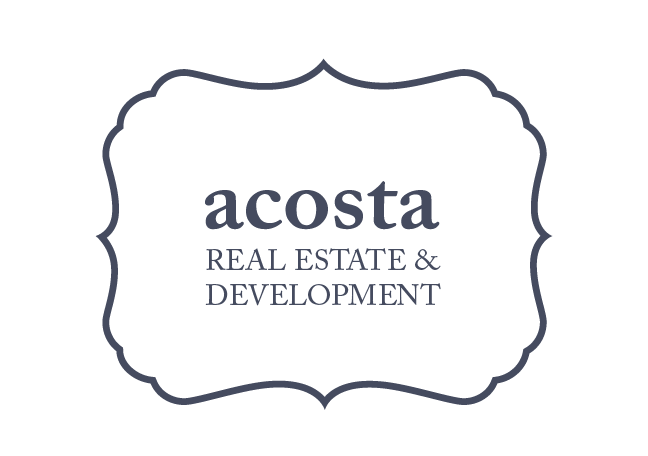Redeveloping the 127-year-old Crapo Building located in the heart of downtown Bay City, Mich., began with a business plan one year ago.
Every good business plan should clearly outline the key stakeholders needed to bring a project to fruition. That’s because unless you’re building something entirely at your own risk using personal cash or credit, there’ll be other stakeholders in the mix: local government, banks, investment partners and end users, just to name a few.
This building’s redevelopment would cost an estimated $12 million. Given local real estate market dynamics, it would be worth $6 million when completed. Financially, the smartest choice was tearing it down and rebuilding something new in its place.
Around the same time, I was taking an asset strategy course at New York University and used the Crapo Building business plan for my class project. My professor called me crazy … a masochist! Why take on a project so difficult when property values would never justify the investment, he asked.
Nevertheless, I persisted. I knew that if I could find the right mix of stakeholders and partners, we could close that investment gap.
Stakeholders are the foundation of any building project. So it’s not just important to know and respect your stakeholders, it’s important that you share a vision.
This shared vision trickles into each and every detail of a project. For instance, we recently discovered ornate, cast-iron structural columns buried beneath the drywall of the Crapo Building. Unearthing these columns was a gift – and a challenge.
Yes, we could feature these unique, original details in the building’s apartments. The State Historic Preservation Office and the National Park Service (both stakeholders) would appreciate that idea. Future tenants (stakeholders) would appreciate the character and history of the building. But the cast iron columns require fire rating in order to protect the safety of the tenants, according to the building codes of the local government (another stakeholder, you guessed it). And the paint on the columns contained high concentrations of lead.
Another option was to enclose the columns inside fire-rated drywall. The National Park Service would understand. Future tenants would sip coffee near a wall or column never knowing the character hidden beneath.
But our stakeholders shared the vision of showcasing this iconic building’s original details and that’s what guided us in finding a solution. With fire-rated paint, we can now feature many of these amazing columns and satisfy all the stakeholders at the same time. It’s costly: Certified abatement specialists need to sandblast the columns to remove the lead.
Refurbishing a historic building like this is a bit crazy and definitely masochistic. But the best things in life don’t come easy. Knowing your partners have your project’s best interests at heart definitely makes things a whole lot easier.
-jen

